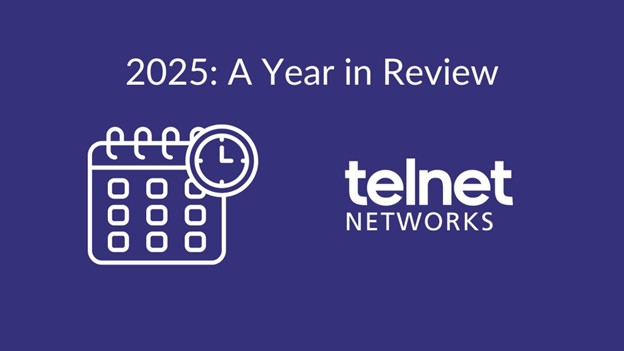Canadian quad-play cableco and mobile group Shaw Communications has reported its consolidated financial results for its fiscal fourth quarter and year ended 31 August 2017. Revenue from continuing operations of CAD1.24 billion (USD968 million) for the quarter and CAD4.88 billion for the year increased by 2.6% and 8.1%, respectively, over the comparable periods in fiscal 2016. Operating income before restructuring costs and amortisation of CAD479 million for the fourth quarter and CAD2.0 billion for the year decreased 6.8% and increased 1.0%, respectively, year-on-year. In its fixed network business, Shaw delivered a year-over-year turnaround in overall subscriber trends, as its consumer division added a net 25,000 revenue generating units (RGUs) in the fiscal year (21,000 in the quarter) compared to the 170,000 RGU loss in fiscal 2015/16. Net gains in the year included the addition of 73,000 internet RGUs, partially offset by 31,000 net losses in fixed telephony and 17,000 in satellite video RGUs, whilst net positive cable video RGU adds in fiscal 2017 represented a significant improvement over the 93,000 losses in the previous fiscal year.
Shaw’s cellular subsidiary Freedom Mobile continued to gain post-paid and pre-paid subscribers, adding a combined 103,000 RGUs in the year and 41,000 in the quarter, helped by ‘an expanded handset line-up, simplified packaging and pricing on the new LTE-Advanced [LTE-A] network, and targeted seasonal promotional activity.
Whilst Shaw’s results announcement highlighted that Freedom Mobile’s LTE-A network deployment is now ‘complete’, in a separate press release it announced that it is utilising its recently-acquired 2500MHz-2600MHz spectrum and refarming an additional portion of 3G 2100MHz AWS-1 spectrum for LTE, to raise data speeds and widen the range of device compatibility in Toronto, Vancouver, Calgary and Edmonton. The enhancements are already underway, and are expected to be completed by early December 2017 in Western Canada and early 2018 in the rest of Freedom Mobile’s coverage area. The project is aimed at improving LTE-A network performance, especially in dense urban areas, and supporting ‘nearly all LTE devices currently in use in Canada’.
We thank TeleGeography for this article





